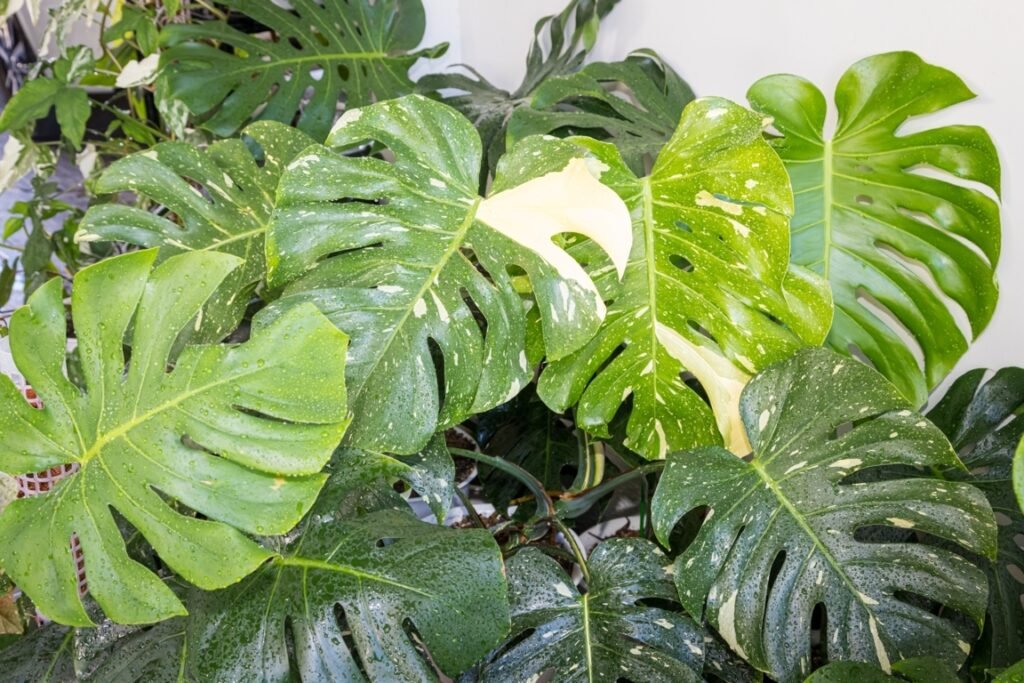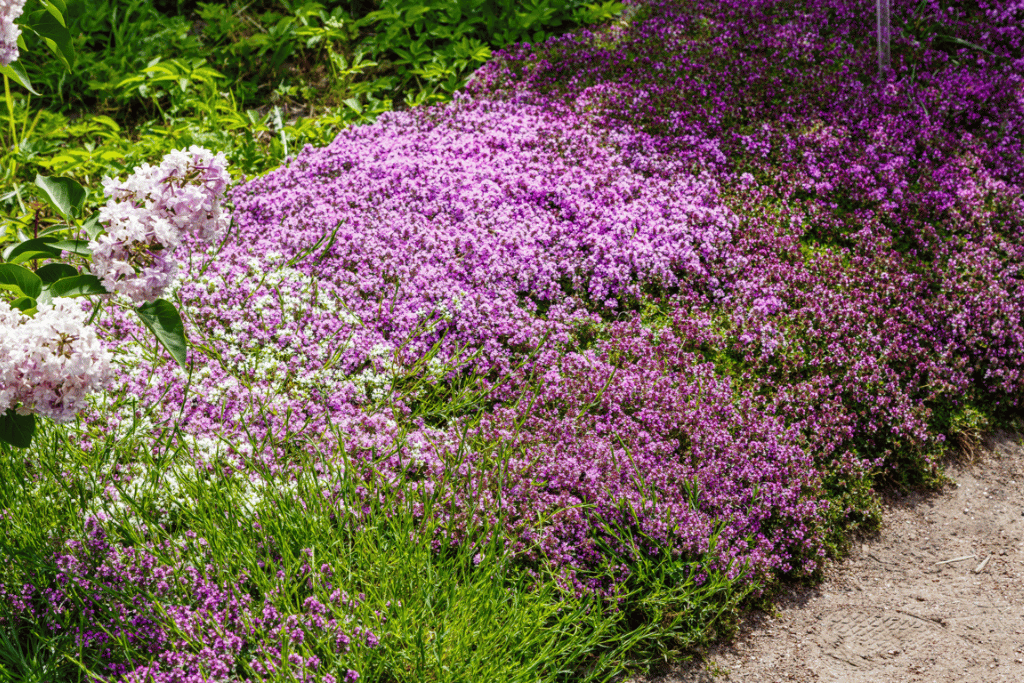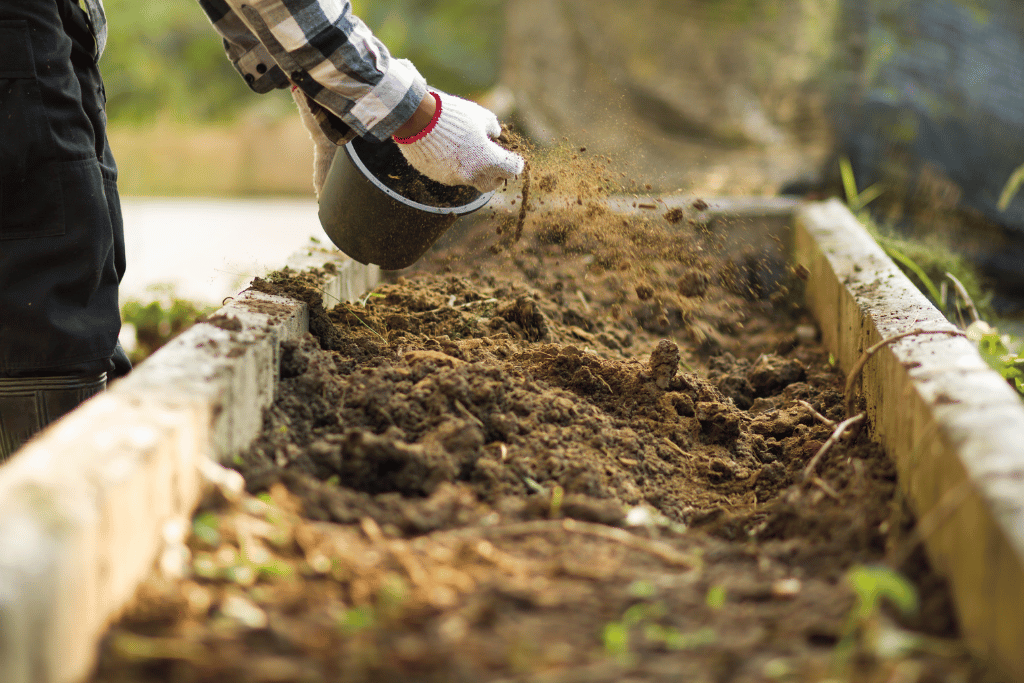
Have you ever wondered why are Monstera thai constellations so expensive? It’s a rare, exotic plant native to Panama and Southern Mexico. Renowned for its striking tropical foliage, this plant is a thing of beauty.
Many of us want to own this piece of natural beauty, but the hefty price tag often deters us from making the purchase. This article outlines the mystery behind Monstera thai constellation’s hefty cost.
Want to know why is Monstera thai constellation expensive? Here are some potential reasons why the plant comes with a hefty price tag.
What is the Price of a Monstera Thai Constellation?
A Monstera thai constellation’s average price is between $400 and $1000, depending on whether it’s a young plant or an adult. This is much higher than the regular houseplant prices, but there are many reasons behind it. Let’s have a look at those reasons.
Reasons Why Monstera Thai Constellations are so Expensive

1. Rarity
The rarity of the Monstera thai constellation is the main reason for its high price tag – the plant is not found naturally but is produced in a lab. In fact, only one lab in the world produces them.
Although its parent plant – Monstera deliciosa, is found in the wild and it’s easier to find, the Monstera thai constellation has a rare genetic mutation that makes them extremely valuable. This rarity comes with an expensive price tag since only a few of these plants are around.
2. Produced from tissue
Monstera thai constellations are produced through tissue culture, which is a complex and expensive process. This is unlike the traditional method of propagating plants from cuttings.
Tissue culturing involves using small pieces of plant material grown in sterile conditions, such as Petri dishes or liquid media. It requires sophisticated equipment and skilled personnel, increasing the cost of production.
The tissue culture process is also time-consuming and takes several weeks or even a month to complete. This adds to the ultimate cost of the Monstera thai constellation as it takes longer to produce every plant.
3. Unique appearance
These plants are prized for their unique appearance. These plants have a rare genetic mutation which makes them look different from other Monstera deliciosa varieties.
The leaves of a Monstera thai constellation are typically rounder and thicker, with larger holes in the middle. It also has an unusual yellowish-green variegation pattern on its leaves, adding to its unique look.
Furthermore, these plants have shorter stems than other Monstera varieties, and their roots tend to be much more robust. This makes them attractive aesthetically and is why people are willing to pay the premium price for these plants.
4. It doesn’t revert to all-green leaves
One of the main advantages of the Monstera thai constellation is that it doesn’t revert to all-green leaves like other monstera varieties.
This means that the variegation pattern remains stable, giving the plant a unique look that is not found in any other variety. This makes them especially desirable to collectors and enthusiasts looking for a stable, beautiful plant.
The cost of the plant reflects the rarity and exclusivity of this variety. They are not widely available, making them even more demanding than other Monsteras.
5. They take several years to mature
Unlike other Monstera varieties, which can produce adult leaves in a few months, Monstera thai constellation takes several years to mature. Five years to be precise!
It is more expensive to obtain an adult plant as they require longer cultivation and care. The cost of cultivating one Monstera thai constellation plant can be quite expensive due to the long years spent caring for it.
Moreover, they are slow-growing species. They tend to grow more slowly compared to other Monstera varieties. Hence, it could take a few years longer for your Monstera thai constellation to reach its mature size.
Furthermore, these plants require more care than other Monstera varieties. They need special humidity and temperature levels, along with frequent misting and fertilizer applications. This is why Monstera thai constellations are more expensive compared to other monstera plants.
Here’s a detailed guide on how to do Monstera thai constellation care correctly!
How to get a Monstera Thai Constellation Plant?

Monstera thai constellations are notoriously expensive and can cost anywhere from $400-$1000 depending on size and rarity. So, how do you get your hands on one without breaking the bank?
Here are the factors you need to consider when you’re looking forward to getting a Monstera thai constellation plant.
1. Where to look for monstera thai constellation plants
The best place to look for monstera thai constellation plants is online retailers, especially those specializing in rare monsteras varieties. Some of these outlets include Plant Collective, Plant Gang, and Leaf & Clay. You can also try searching for Monstera thai constellation plants on eBay and Etsy as well, though you may have to pay a higher price than what’s offered by other retailers.
2. Know what to look for
When it comes to Monstera thai constellations, there are specific characteristics that you should be looking for. These plants are characterized by their large, leathery leaves with a distinctive “fiddlehead” pattern and splashes of white or yellow on the veins. The stems of monstera thai constellations should be thick and sturdy, and the plant should have an upright growth habit with multiple levels of foliage.
3. Ask around
If you know someone who is into houseplants, they may be able to help you out in your Monstera thai constellation search. Ask them if they know of any nurseries or plant shops that carry them, or if they have any such plants of their own that they are willing to share or sell.
4. Try propagating
Propagating Monstera thai constellations is a great way to get your hands on one without spending too much money. If you know someone who has this plant, simply ask them for some cuttings and then go about propagating those cuttings. It may take some time (and a bit of patience), but it’s definitely worth the effort in the end!
How can you Propagate a Monstera Thai Constellation?
Propagating a Monstera thai constellation is no small feat. This plant is increasingly rare and expensive, so it requires special attention to ensure successful propagation. It’s not impossible, however, and with careful planning, you can enjoy the benefits of having your own Monstera thai constellation in the comfort of your home.
There are basically two methods of doing this – By stem cutting and by air layering.
Let’s have a look at the stem-cutting method first.
The Stem Cutting Method
Step#1 – Find suitable monstera thai constellation stem cuttings
Try locating suitable monstera thai constellation cuttings. Ideally, they should have two or three leaves, a healthy stem, and some aerial root growth. The monstera thai constellation is propagated through its stems, so it’s crucial to find a stem that won’t easily break.
Step#2 – Know the art of stem cutting
Once you have located suitable Monstera thai constellation cuttings, it’s important to understand the art of stem cutting. Cut the stems below a node, leaving at least two nodes intact by using sharp and sterile scissors or blades. It’s essential to avoid damaging the Monstera thai constellation while cutting, as any damage can reduce the chances of successful propagation.
Now, prepare monstera thai constellation stem cuttings by removing any excess leaves and clean the cutting with a sterile cloth or paper towel. Make sure to keep the stems moist during the process of preparing them.
Step#3 – Plant the cuttings
Once you’re ready to plant the monstera thai constellation stem cuttings, choosing a well-draining planting medium with good aeration is crucial. A good choice can be a mixture of quality soil, sphagnum moss, organic perlite, and leca beads.
Then, fill your pot with the planting mixture and make a hole for the stem cuttings. Place the cuttings in the close-fitting hole (2″ deep), ensuring that all nodes are well covered with soil. Then water these stem cuttings well to moisten them and settle the soil.
Step#4 – Care for monstera thai constellation
After planting monstera thai constellation stem cuttings, providing the appropriate environmental conditions for successful propagation is essential. It’s recommended to place them in a spot that receives indirect light for 6-8 hours, 60% humidity, and temperatures between 68-86°F.
As for watering, do it when the top soil feels dry to the touch. Pour some water until it flows through drainage holes in the Monstera thai constellation pot. Avoid overwatering them, as too much moisture can lead to root rot.
Also, if the plant isn’t getting enough light and humidity, consider misting them at least twice a week to keep it well-hydrated.
Now, let’s have a look at the air layering method:
The Air Layering Method
Step#1 – Select the monstera thai constellation
Start by selecting a healthy Monstera thai constellation stem or leaf. It’s vital to choose stems that are healthy and vigorous – because they will not be able to propagate successfully if the Monstera thai constellation is weak or damaged.
Step#2 – Mark the stem
Mark the Monstera thai constellation stem where you want to perform the cut. The stem should be marked at least 2-3 nodes away from the apex – create a ring around the Monstera thai constellation’s stem with a sterile blade or scissors.
Step#3 – Wrap in sphagnum moss
Once a Monstera thai constellation is marked, wrap the stem in damp sphagnum moss and secure it with an elastic band. Ensure that each wrapping of the Monstera thai constellation’s stem is slightly more than half covered by the sphagnum moss.
Step#4 – Watering
You need to keep Monstera thai constellations sphagnum moss damp. Ensure it gets enough light, water, and oxygen to promote propagation.
Step#5 – Planting
Once the Monstera thai constellation has developed roots (usually within a few weeks or a month), it is ready to be planted in a pot filled with a well-draining soil mixture.
Cut the stem and carefully remove the sphagnum moss. Save the cuttings and pot them in the same soil mixture used for monstera thai constellations stem cutting propagation.
Conclusion
The monstera thai constellation is an elusive and highly demanding plant with a high price tag. Its rarity, unique beauty, and slow-growing nature contribute to its status and value on the market.
We pointed out the factors contributing to the high pricing of monstera thai constellation plants, from their limited availability to the high cost.
We hope our guide has been informative and helpful in understanding why are Monstera thai constellations so expensive.
Frequently Asked Questions (FAQ)
What kind of environment does a monstera thai constellation prefer?
Monstera thai constellation prefers a warm, humid environment with indirect light and regular watering. It is also essential to keep the soil moist and well-draining.
How big can a monstera thai constellation get?
They can reach up to 6m in height, with leaves reaching up to 45cm in length.
How often should A monstera thai constellation be repotted?
The plant should be repotted every 2-3 years, depending on the size and health of the plant.
Is the Monster thai constellation poisonous?
No, Monstera thai constellation is not known to be poisonous.



